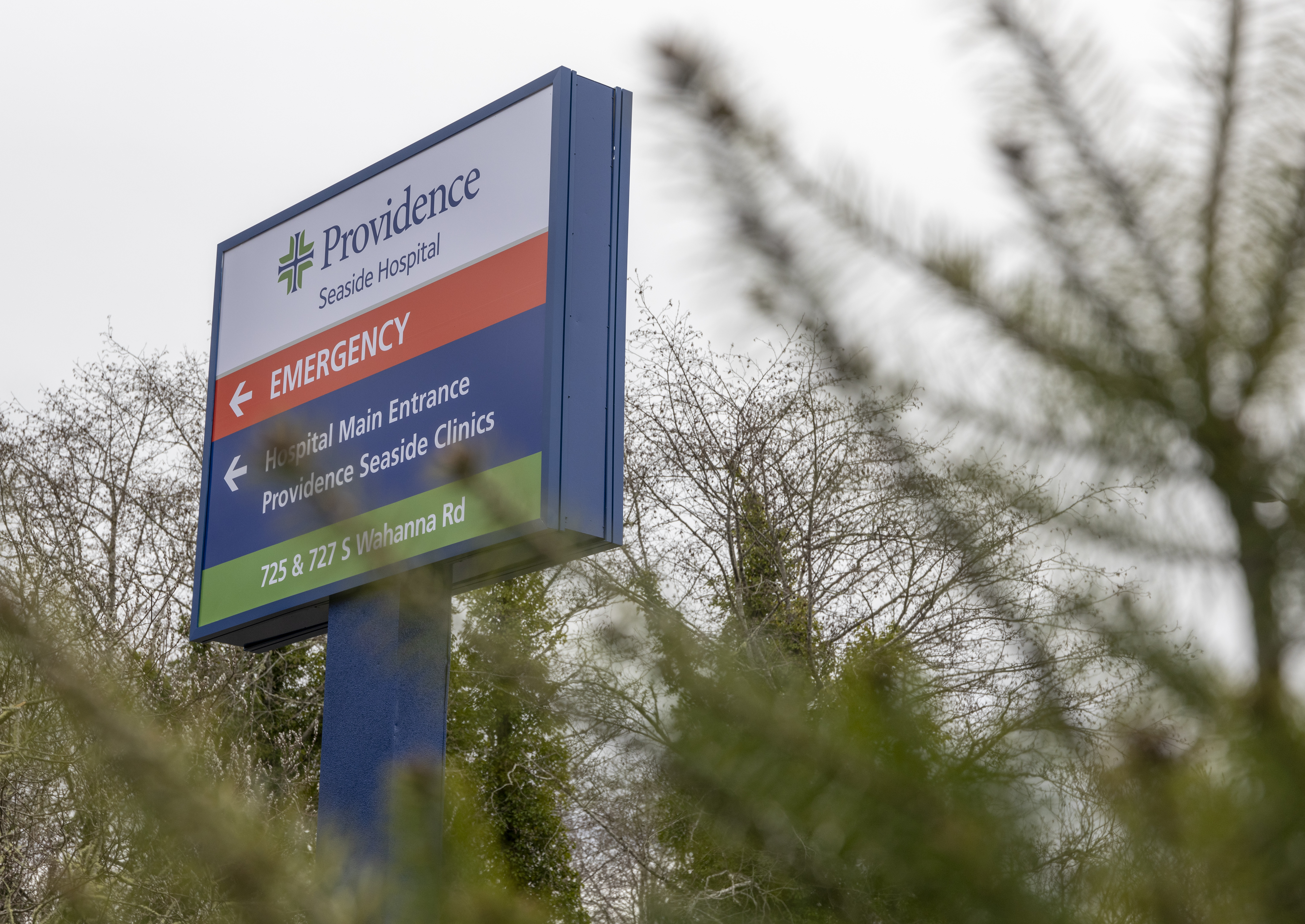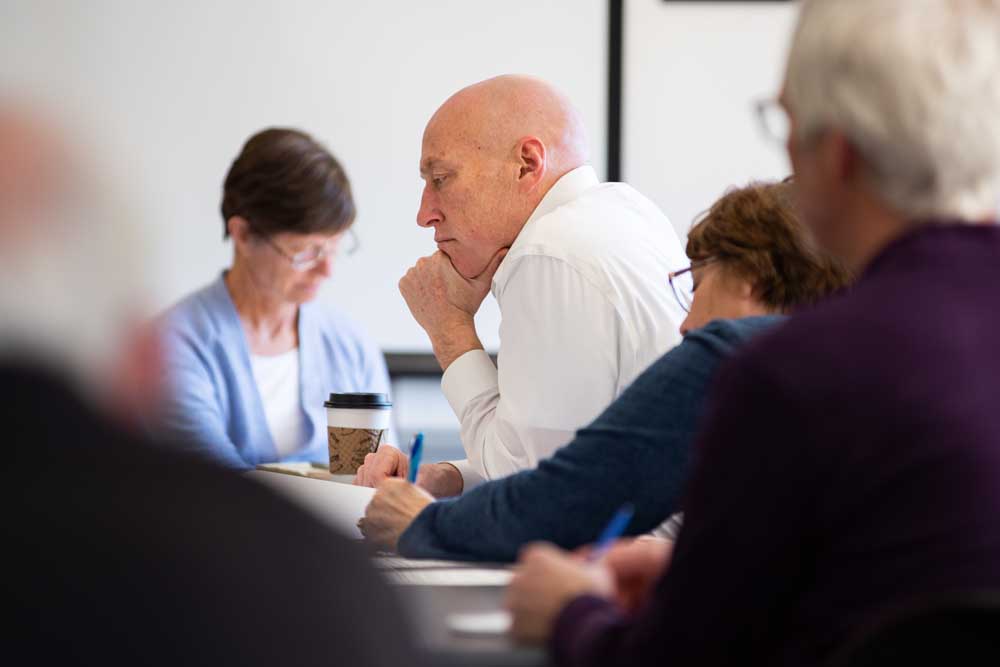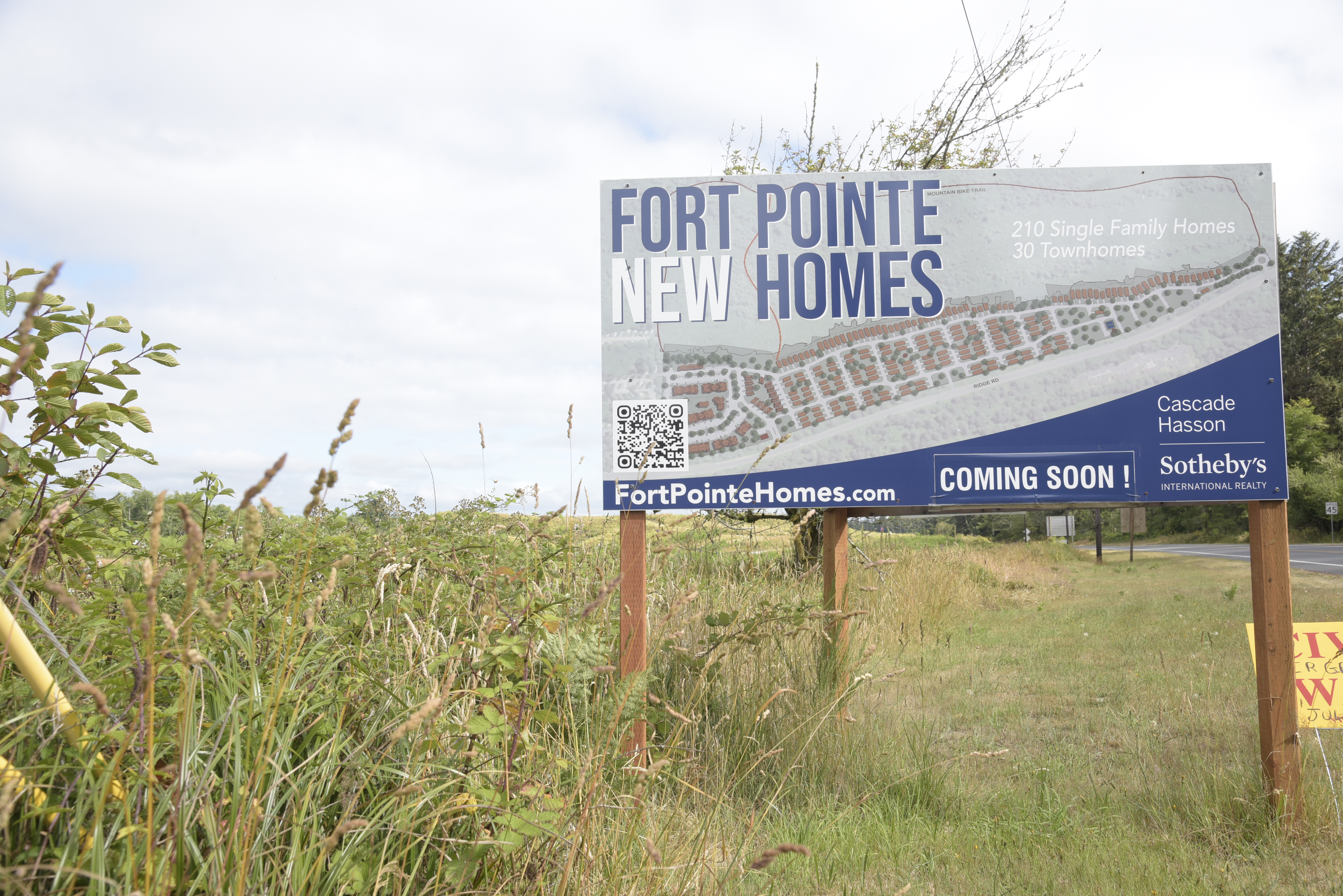Murder and mortician have link to apartments
Published 5:00 pm Thursday, September 30, 2004
It started with a murder. What transpired next was the construction of one of Astoria’s finer apartment buildings with an elusive past.
Trending
On Sept. 14, 1913, attorney Frank J. Taylor walked down to the train station constructed on wooden pilings over Scow Bay. It was Sunday morning.
Taylor planned to catch a southbound train to his Clatsop Plains ranch at Carnahan Station. As he approached the station’s entrance, Oswald Hansel stepped forward and raised a .32-caliber revolver. Hansel shot Taylor through the left eye. When Taylor – former circuit court judge, Oregon legislator and Astoria mayor – crumpled to the planking, Hansel shot him twice more through the chest.
The precise motive for one of Astoria’s most celebrated murders is unknown. What is known is Taylor and Hansel had neighboring properties on Clatsop Plains. It is also known Hansel held a “fancied grievance” against Taylor. The attorney represented Hansel’s wife in a divorce case four years earlier, but she withdrew her request. Later, however, she did divorce the abusive Hansel with the help of another attorney two months prior to the shooting.
Trending
Hansel pleaded insanity to the murder, claiming he had no memory of the incident. He was hung in Salem two months later.
PartnershipFrank Taylor was partners with his brother Edward and others in the Peninsular Land Trust Co. which owned most of Smith’s Point. His death came just as the group was preparing to sell land to the Port of Astoria for the development of a public wharf. Taylor’s will was quickly probated. His $100,000 estate was left to his wife Mary. Within days, his daughter Mary E. Strong was elected president of the development company and the deed, contract and sale of the waterfront property were signed.
Mary Taylor, like her husband, was a booster of Astoria and confident the city was heading for great things. She recognized a housing shortage, particularly of high quality apartments. With her inheritance, she sought a structure to meet the demands of people who desired a downtown apartment within a “distinct” residential atmosphere.
Mary hired architect Charles H. Withers, about whom little is known, to design a four-unit, apartment building on Exchange Street between 15th and 16th streets – directly behind her husband’s family home. It was conveniently located near city hall, the public library, schools, restaurants and theaters. Curtis Kimball was the general contractor. Jacob Brosch was the masonry and plaster contract. It was said he “always renders satisfactory and high-class service on his jobs and (is) naturally enjoying a flourishing business.”
The building is Craftsman in nature: plain wood shingles, six-over-one double-hung windows, knee braces, exposed rafter ends and an oddly designed front porch with mammoth supports flaring at their base. The apartments were full of wood detailing including wainscoting and plate rails in the dining room, boxed columns dividing rooms, crown moldings, picture rails, wood floors, etc. The rooms are arranged to maximize natural light and fresh air through multiple windows.
The wood-framed, two-story structure is constructed above a basement made of tapestry brick. According to the Astoria Evening Budget, the basement had a unique feature – a subterranean tradesman entrance. The barrel-vaulted passageway led from the sidewalk on Exchange, beneath the front yard, directly into the basement. There, the tradesman could work on the furnace and plumbing. From the basement, a service stairway led to the apartments.
Apartments soldIn 1918, Mary sold the apartments to James and Mary Gilbaugh. James was county coroner from 1910 through 1918. He co-owned Pohl & Gilbaugh Mortuary. Gilbaugh was well-respected by morticians and laymen alike. As Clatsop County coroner, he was appreciated for his “absolute lack of ‘grandstanding’ for political reasons,” his careful management of money and his hesitance to call juries unless absolutely necessary.
James Gilbaugh arrived in Astoria in 1900 after working six years in Portland for the Multnomah County coroner. With more than 100 cases a month, the Portland work was exhausting. He came here to regain his health, hoping there would be less demand on his talents. And he was talented. He could multitask before it was fashionable to make such a boast. Gilbaugh could work on three corpses at once, “always with the most painstaking care and skill.”
Before partnering with William C. A. Pohl, Gilbaugh partnered with E. E. Leach and Leo Gramms, who according to the Astoria Daily Budget was “a great big jovial man … one of those unconscious optimists that make your face wrinkle with a smile whenever you see them.”
Gilbaugh & Co. Inc. Mortuary was located at 12th and Duane streets. The intersection came to be known as Gilbaugh Corner, despite the fact there were other popular businesses there, including the Weinhard Astoria Hotel. When Gilbaugh partnered with Pohl, he moved his business to 11th and Duane.
Residence as mortuary?Then after the Great Fire of 1922, they moved their business to a house on the northwest corner of 15th and Exchange streets where the Fort Astoria memorial is now located. They operated out of this house until selling their business to E.A. Fahrion in 1929.
Oral history will tell you otherwise. There is a persistent story that Gilbaugh used his own residence as a mortuary. This is not confirmed with newspaper ads or telephone directories of the period. Nevertheless, people recall – with a certain twinkle in their eyes – seeing corpses on gurneys or in coffins accessing the basement of Gilbaugh’s apartment building through the tunnel constructed for tradesmen. Really, the way people tell this story is the same way someone might describe a campy Vincent Price/Peter Lorre horror film – and we know those two would blend into the scenery here on any given winter’s night.
There may be an explanation to this story. It could be the overachieving Gilbaugh sometimes brought his work home with him at night. Or, more likely, people’s memories may have confused it with the mortuary next door. Within months of purchasing Gilbaugh and Pohl’s business, Fahrion moved his mortuary to the southwest corner of 16th and Exchange streets where the Home Spirit Bakery is located today.
Parenthetically, the stories of Fahrion’s mortuary, as told through the eyes of young children, are worthy of a Boris Karloff script. One tale relates the experience of a 5-year-old attending a birthday party in the house. She had the misfortune of running into the basement while playing hide-and- seek. There stood Fahrion hard at work on a corpse. Needless to say, the child was startled.
So, the true history of the Gilbaugh Apartments remains elusive. Any recollections are greatly appreciated. And of course, any oral history on the Fahrion Mortuary is also welcome.
John E. Goodenberger is a historic building consultant who lives in Astoria.









